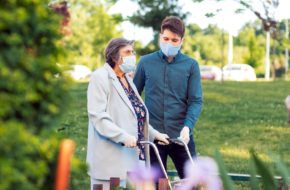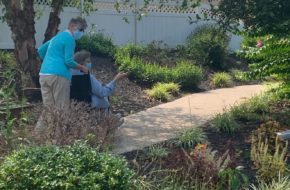The pandemic has upended so many aspects of life and, for some families, it has underscored the need for personal care and the individualized lifestyle and services it offers.
Nevertheless, determining that you or a loved one needs personal-care support is never an easy decision. Unfortunately, the process doesn’t end there. In fact, some people say the hardest part comes after the decision: Choosing the right personal care community.
This decision can take a while, but that’s okay. It’s not a decision to be made in a rush, but sometimes situations require a decision sooner than we might want. Research upfront can be especially helpful because what might be important to you or another family member may not be to your loved one.
Because personal care communities differ in size, configuration and offer, here are 10 questions you can ask that may ease your decision-process:
1. How are care plans created? The term “personal care” can encompass many things. Some older adults require only a little extra assistance, such as help with cleaning, cooking or transportation. Others may require more extensive assistance for medication management, dressing and bathing and even mobility assistance. When choosing a personal care community, be sure you are selecting one that carefully considers the needs of each resident rather than having a one-size-fits-all approach.
2. What floor plans are available? Different communities may have different approaches to personal care. If your loved one needs light care, he or she may be able to live in a private-style suite; other suites may have a shared bathroom or other adaptations based on need. Review various options so that you find accommodations that fulfill both physical and personal needs.
3. Does the community have a wait list? Many personal care communities have full residency and maintain a wait list for prospective residents. If you find several communities you like and they’re full, it’s a good idea to put your name on a waiting list so that if accommodations become available, you can be ready to move. This is another reason it’s important to start looking for a community before it’s medically necessary; that way, you don’t have to settle for “good enough”; you can settle for “exactly what I want.”
Click here to read more questions to ask in the decision-making process!











